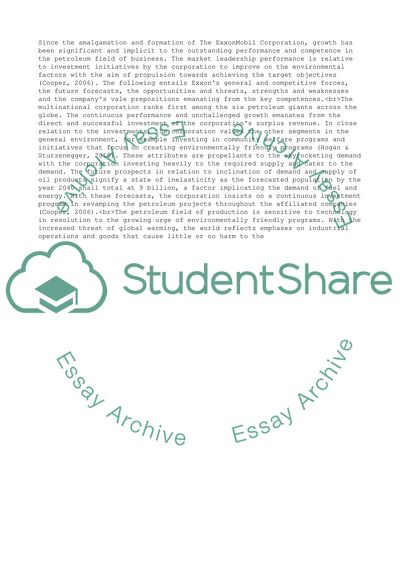Cite this document
(External and Internal Environments Assignment Example | Topics and Well Written Essays - 2000 words - 1, n.d.)
External and Internal Environments Assignment Example | Topics and Well Written Essays - 2000 words - 1. https://studentshare.org/business/1793327-external-and-internal-environments
External and Internal Environments Assignment Example | Topics and Well Written Essays - 2000 words - 1. https://studentshare.org/business/1793327-external-and-internal-environments
(External and Internal Environments Assignment Example | Topics and Well Written Essays - 2000 Words - 1)
External and Internal Environments Assignment Example | Topics and Well Written Essays - 2000 Words - 1. https://studentshare.org/business/1793327-external-and-internal-environments.
External and Internal Environments Assignment Example | Topics and Well Written Essays - 2000 Words - 1. https://studentshare.org/business/1793327-external-and-internal-environments.
“External and Internal Environments Assignment Example | Topics and Well Written Essays - 2000 Words - 1”. https://studentshare.org/business/1793327-external-and-internal-environments.


